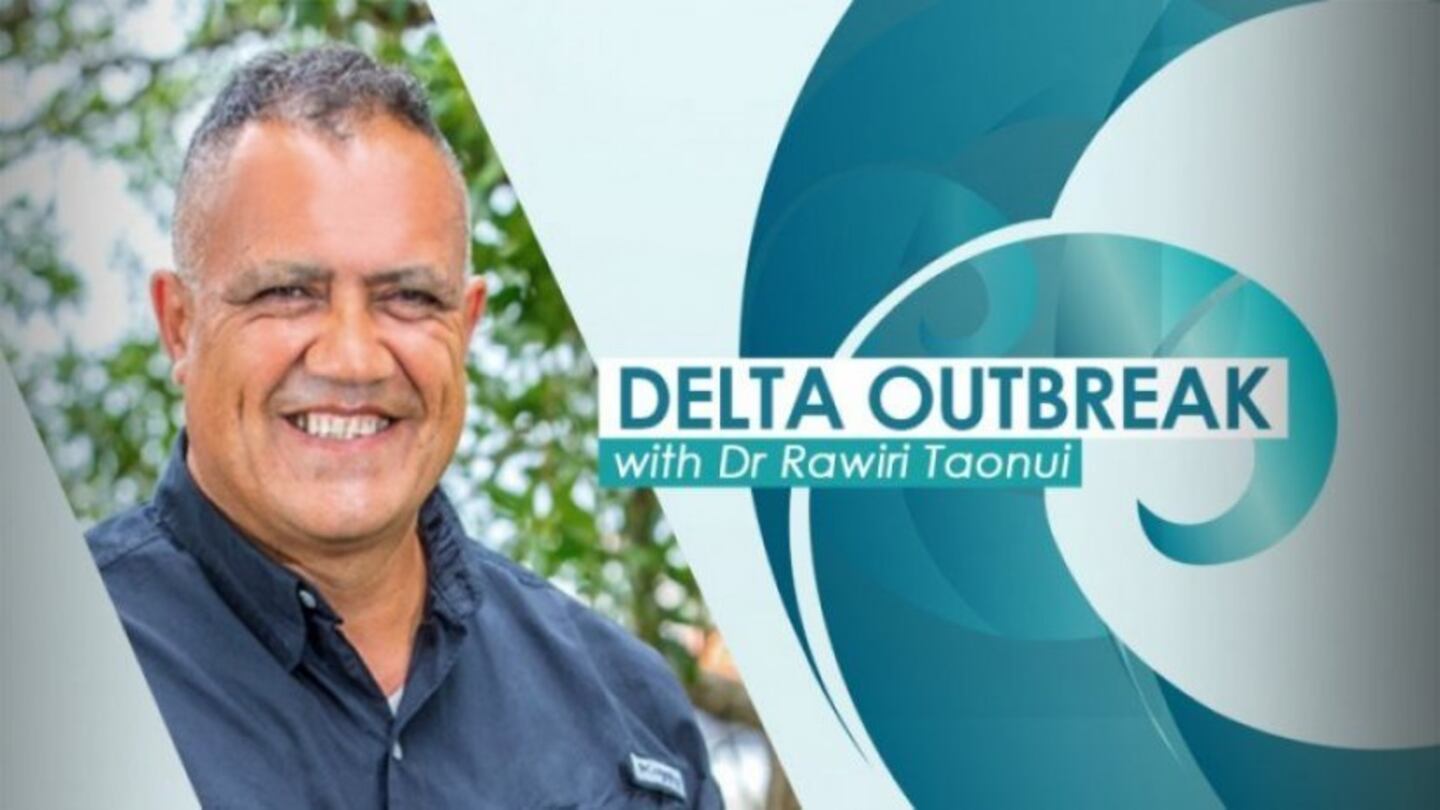Omicron World Situation
Health authorities first detected the Omicron variant of concern in Botswana and South Africa in late November, from where it has spread to over 110 countries.
This week the World Health Organisation reported a massive 19.1 million new Covid-19 cases over the two weeks to 3 January. This is nearly double the previous fortnight record of 11.4 million cases set in April last year. Conversely, there were 82,900 deaths which is less than half of the fortnight Covid-19 peak during the end of January 2021.
The combination of increasing cases but lower deaths support the emerging research that Omicron is more infectious but causes less severe illness and fewer deaths. Despite less threatening health outcomes, Omicron remains a significant threat to vulnerable communities like Māori with a sheer volume of cases potentially capable of causing disproportionate sickness and death.
New Zealand Situation 6 January
Earlier this week, total cases in the current community outbreak passed 11,000 and total cases since Covid-19 first arrived in Aotearoa passed 14,000. While this far exceeds the total of 2,100 cases at the end of 2020, the total would have been much higher had we not vaccinated over 3.5 million people last year.
Declining Cases
There has been a 5% to 29% decline in new weekly cases over each of the last five weeks. On Thursday, there were 19 new cases, the second time there have been less than 20 new cases in the last nine days. Active cases have also fallen from a peak of 6,900 in mid-December to 1,081 today.
Daily numbers have declined dramatically in the three Auckland District Health Boards (DHBs) from scores of cases in November to between five and 14 cases over the last four days. The drop in cases in the hard-hit Countries-Manukau DHB is particularly good news for Auckland’s Māori and Pacific communities.
The current lower number of daily cases reflects our overall good national-level vaccination rates and in the case of Māori, the high holiday period vigilance of our communities backing up a massive vaccination effort during November and December last year.
Pākehā dominate Holiday Cases
Pākehā have been the highest daily cases four times and second-highest daily cases three times over the last week.
Total Pākehā cases during the holiday period since 21 December have grown 9.2% compared to just 5.2% for Māori and 6.3% for Pacific.
Pākehā now make up the highest number of active cases following a 28.7% increase in active cases since 21 December compared to a 58.4% decrease in Māori and a 48.9% decrease in Pacific active cases.

The Holiday Pattern
The risk that holidaymakers could initiate wider outbreaks in under-vaccinated Māori communities between Christmas and the New Year has so far not eventuated. Nevertheless, the numbers have followed an expected pattern with pockets often of Pākehā cases across upper-middle North Island holiday areas from Hawkes Bay, Te Tai Rāwhiti, the Lakes, Bay of Plenty, Waikato, and Taranaki. With higher road checks and the only area to remain at Traffic Light System Red, Northland has escaped a localised breakout despite the lowest Māori vaccination rate in the country.
Active Cases Risk
We can be hopeful that the decline in cases holds over the remaining two weeks of the holiday period. The risk remains of a further outbreak in DHBs with the highest active cases, including the Manukau (359), Auckland (143), Bay of Plenty (130), Waikato (88), Waitematā (77), and Lakes (44).
Omicron Risk
Pākehā cases have always dominated border making up 54.4% or 1,238 of all positive case entries. There is an elevated risk of an Omicron breach from Managed Isolation and Quarantine (19) before the end of this month.
With 43 new border cases in MIQ today compared to just 19 in the community, 108 border cases last week and 95 in the last three days, active cases in MIQ have risen to 226.
During 2020 and 2021, the majority of MIQ breaches into the community occurred when we were attempting to manage more than 30 cases in MIQ.
Data Transparency
We should also be concerned that the Ministry of Health (Ministry) has stopped reporting the number of Omicron cases arriving at the border. Their last report was a total of 90 as of 2 January. Since then, nothing.
There are other data concerns. The Ministry has not updated Māori age-vaccination data since 19 December. Information on the vaccination of Māori aged under 35yrs is crucial to the Māori vaccination effort. The absence of data undermines that work.
The reporting of Variants of Concern no longer reports specifically on the Counties-Manukau DHB despite having 60.8% of all variant cases. This information is important so that South Auckland communities understand and properly advocate their situation.
The Ministry reported two deaths on 2 January taking the total during the current outbreak to 53. The Ministry has not released the ethnic or age data. We should be concerned about the lack of transparency here given that Māori made up six of seven deaths during December and the largest proportion of younger deaths.
It is important that Māori and other communities clearly understand the vulnerabilities in this most important of areas. The Ministry says it withholds this information to protect the privacy of families. Privacy and compassion are important. Releasing this data compromises neither.
Māori Vaccinations, Boosters and the 5yrs to 11yrs Rollout
More than 81% of Māori have received at least one dose of the Pfizer vaccination. Māori have passed the threshold of 75.0% fully vaccinated. This is a tremendous achievement against the odds.

The government has reduced the threshold for 3rd Pfizer booster shots to four months. Other countries have adopted this measure. Britain is making booster shots available after three months for vulnerable communities. With higher levels of comorbidities, poorer and more overcrowded housing we should do the same for Māori and Pacific communities who have withstood the worst of the Delta OutBreak and will suffer most if Omicron wreaks havoc.
The 5yrs to 11yrs vaccination rollout begins this month. The government must accord Māori and Pacific communities an appropriate priority. This should include recognising that for Māori there is a 12,000 undercount for this age group between the 2020 Ministry Health Services User Index 115,559 count, and the November 2021 Māori population projection of 127,980.
Noho haumaru, stay safe.
Dr Rawiri Taonui


